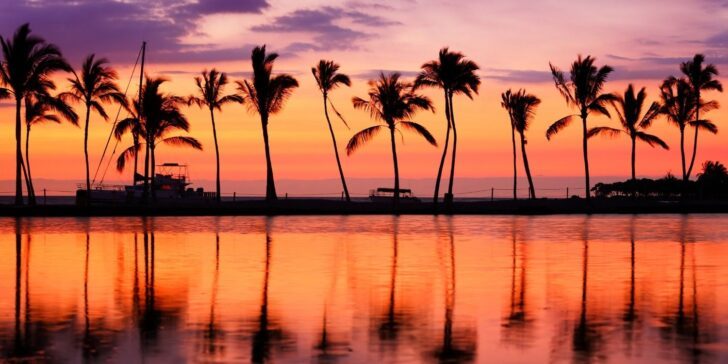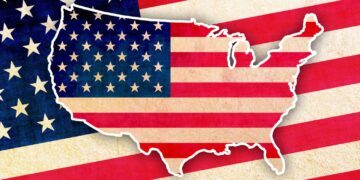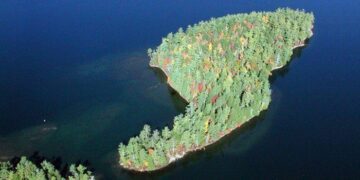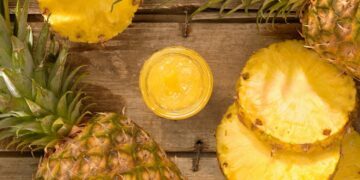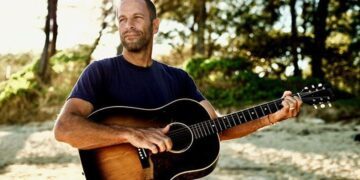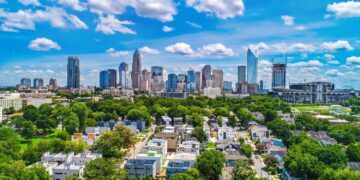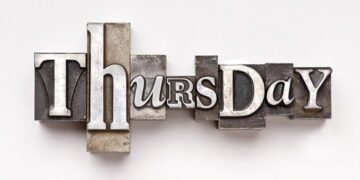Officially nicknamed “The Aloha State” but also known as the “Paradise of the Pacific,” “The Islands of Aloha,” “The 808 State”, and “The Rainbow State,” Hawaii was the 50th state to join the United States of America on August 21, 1959.
It has a population of 1,415,872 (as of 2019), making it the 40th most populated US state.
As the state of Hawaii is made up of several islands, it has no bordering states.
With a total of 10,931 square miles (28,311 square kilometers) of land and water, it is the 43rd largest state. The capital of Hawaii is Honolulu, which is located on the south shore of Oahu island.
That’s enough fast facts about the Aloha State for now, though. We’re here to learn some real facts!
Hawaii grows by roughly 40 acres each year.
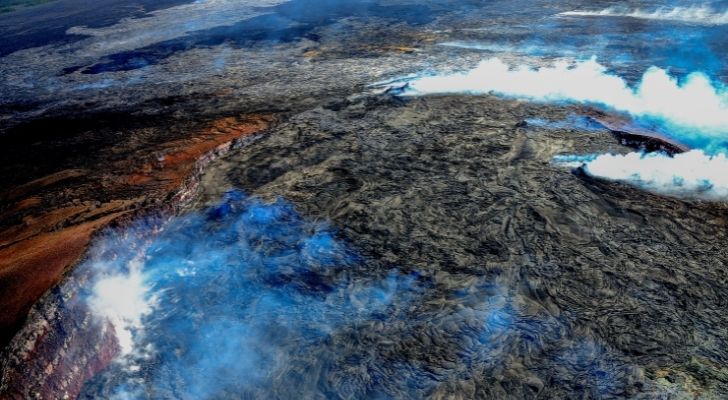
Hawaii’s Big Island, which also happens to be called Hawaii, is growing each year because of the Kilauea Volcano.
This volcano has been erupting for around 30 years now, which is impressive in and of itself.
One of Hawaii’s other volcanoes, Mauna Loa, is one of the biggest volcanoes in the entire world.
This volcano is also located on the Big Island, and its lava fields were once a training site for astronauts before they went to the Moon.
Hawaii is one of only two US states that grow coffee commercially.
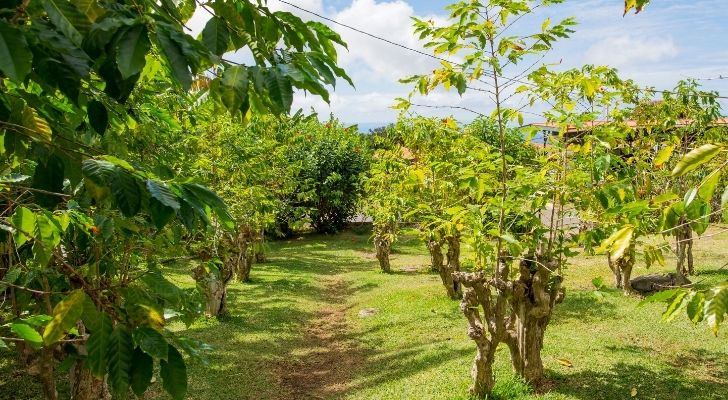
Most of the world’s coffee comes from high-altitude regions of Latin America and Africa, growing particularly well in regions closer to the equator.
Hawaii and California are the only two US states that produce coffee for commercial purposes, with Hawaii’s coffee crop raking in an impressive $102.91 million from the 2019-2020 harvest.
Fun fact: The earliest record of coffee being planted in Hawaii goes all the way back to 1813!
Both Hawaii’s highest and lowest recorded temperatures have occurred on Big Island.
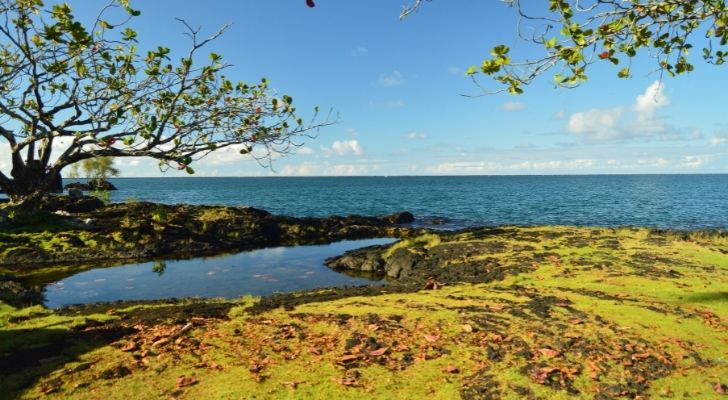
It shouldn’t come as much of a surprise that Big Island has seen the highest and lowest temperatures in Hawaii.
This is because it’s also one of the most geographically diverse islands with a wide range of environmental features, which can cause the temperate to fluctuate wildly.
The highest recorded temperature on Big Island was 100 °F (38 °C) and occurred on April 27, 1931, in the town of Pahala.
The lowest recorded temperature occurred on May 17, 1979, close to Mauna Kea’s summit on Big Island, where the temperature dropped to a chilly 12°F (-11 °C).
Hawaii has lost more wildlife species than any other US state.
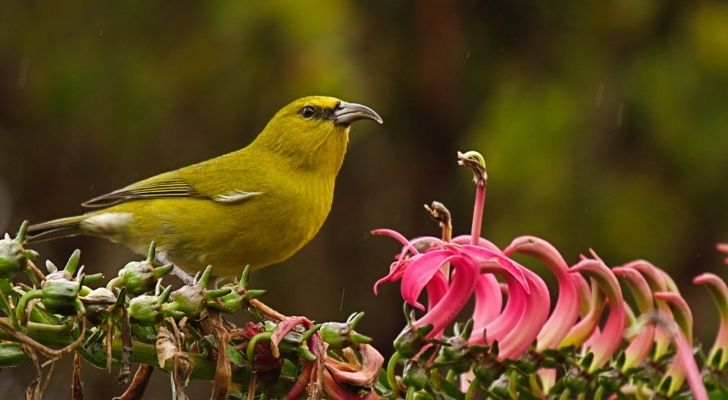
114 species of wildlife became extinct within the first twenty years after the US federal government’s Endangered Species Act was brought into effect in 1973, and nearly half of these species were in Hawaii alone.
This number has fortunately lessened over time, but many species become extremely endangered by the time the bureaucratic red tape has cleared and they finally get listed as at risk.
To give an example of how drastic the losses are, the most common bird in Hawaii, the large Kauai thrush, is now completely extinct.
It is considered rude to refuse to wear a lei flower if someone offers it.
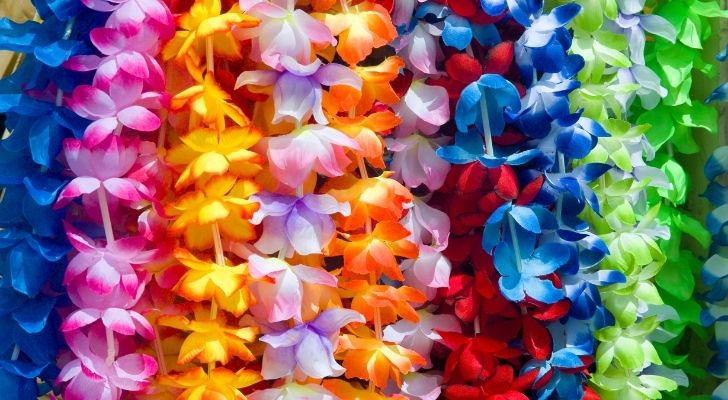
A lei flower is often used in celebrations and there are certain rules that are associated with it, starting with the fact that it is considered rude to refuse one or remove it in front of the person who gave it to you.
Additionally, a lei should not be thrown away but returned to the land, preferably where the flowers were first gathered.
That being said, local legends claim that if you toss your lei into the ocean and it floats back to you, you’re destined to return to the islands someday.
The tradition of making and wearing leis and their rules, both spoken and unspoken, are still taken quite seriously by many Hawaiians.
Only people with Hawaiian ancestry are considered to be Hawaiians.
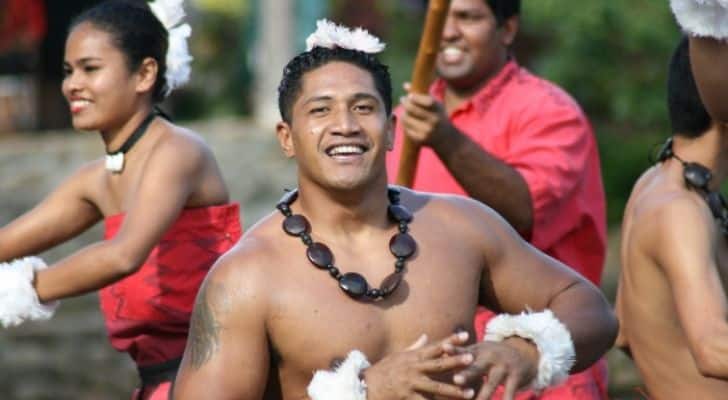
Even if you were born and raised in Hawaii, you are not considered to be a true Hawaiian unless you have some native Hawaiian blood in your veins.
Many people in Hawaii argue regularly about just how much Hawaiian blood you need to have to truly call yourself Hawaiian, with some claiming that only those with full Hawaiian ancestry can.
Having Hawaiian blood is one thing, but culture also plays into it, along with strong values of trust, openness, helpfulness, and fairness.
The Dole Plantation has the largest pineapple maze in the world.
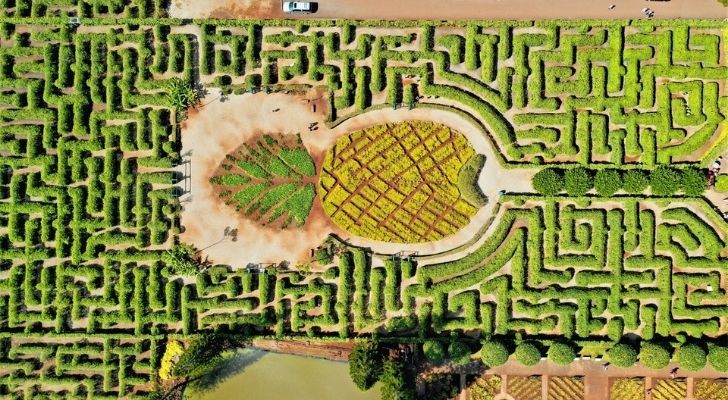
The Dole Plantation in Oahu has a pineapple-shaped maze that consists of 14,000 carefully crafted colorful Hawaiian plants, and it is definitely a big attraction for tourists.
This huge maze stretches over 3 acres & contains a mystery in the center, along with eight secret stations for those who want to find it. In 2008 it was declared as the largest pineapple maze in the world.
Only 7,345 people live on Molokai.
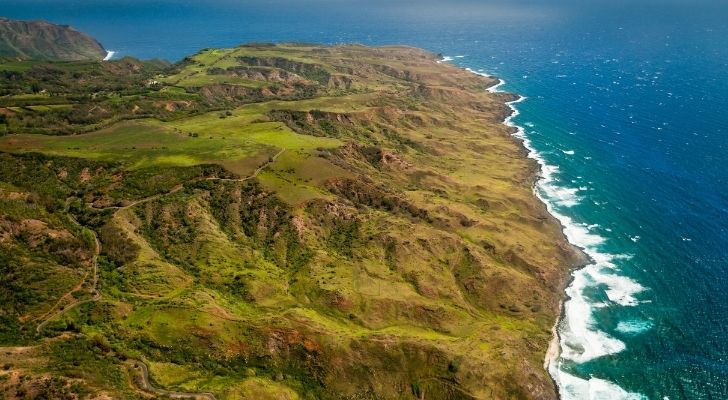
There are only 7,345 (2010) people who live on Molokai, sparsely populating the 260-square-mile (673 square kilometers) island.
It’s both the fifth-largest Hawaiian island and the fifth-most populated.
From 1866 to 1969, parts of the island were used to house people who suffered from leprosy, with a peak of 1,100 patients at the turn of the 20th century.
Even fewer people live on Lanai, which is the smallest inhabited island open to visitors in Hawaii.
Hawaii was the first US state to ban plastic bags.
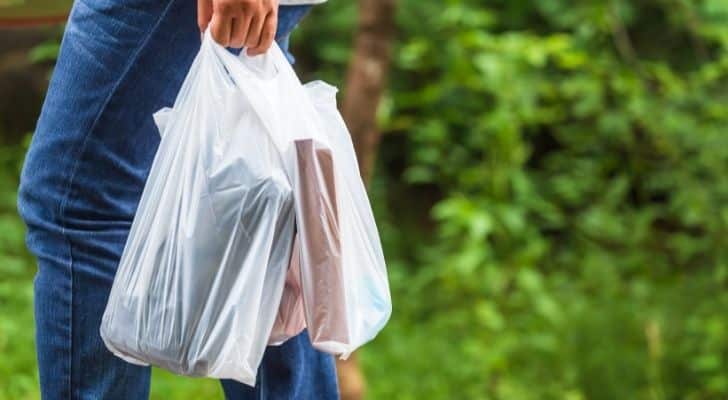
In July 2015, Oahu, the most populated Hawaiian island, joined the other Hawaiian islands and banned single-use plastic bags from their grocery stores.
The ban didn’t come from the state government, but Hawaii’s counties all instituted it, effectively banning the bags within the entire state.
For a state which has a deep relationship with the land and the ocean, it seems like a perfectly logical step to help keep pollution down to a minimum.
Going shopping isn’t any more difficult, either, as there are plenty of options, such as reusable or biodegradable bags or even recyclable paper bags.
A number of Hollywood movies are filmed in Hawaii.
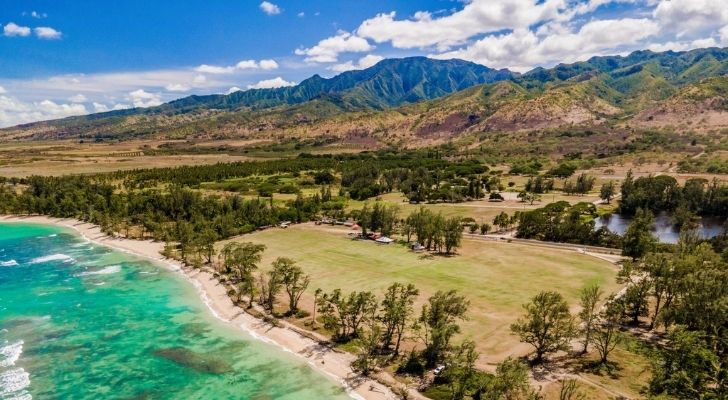
Over the years, there have been a number of popular movies filmed in Hawaii, including a number of films that are actually set in different locations.
Some of these movies include Jurassic Park and Jurassic World, 50 First Dates, Jumanji: Welcome to the Jungle, Godzilla Vs Kong, Tropic Thunder, and Lilo & Stitch.
Many of these filming locations can be seen at Kualoa Ranch, one of the world’s most famous private nature reserves.
Fun fact: it almost goes without saying, but for those who didn’t manage to figure it out: yes, the hit TV series Lost was, of course, filmed in Hawaii.
No building on Hawaii’s Kauai island can be taller than a coconut tree.
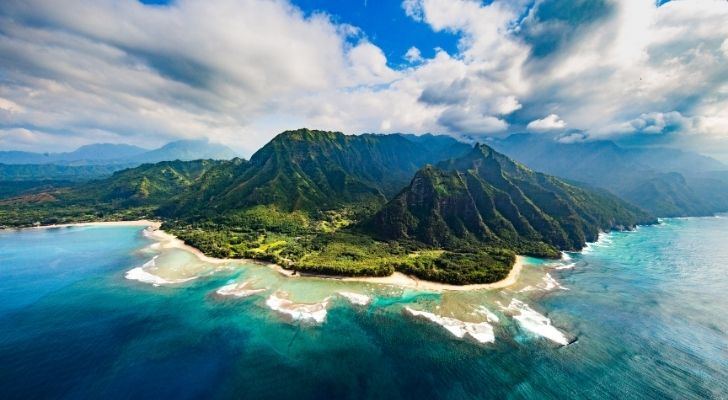
Seeing as it’s known as Garden Isle, it should come as no real surprise that buildings in Kauai can legally be built as tall as a coconut palm (that’s about four stories, by the way).
That’s not the only weird thing about Kauai. There are no cities, freeways, chain restaurants, skyscrapers or towers, and very few mainstream stores.
While other Hawaiian islands have accepted tourists and the glitz and glamour that come with hordes of them, Kauai has taken a different approach and kept development to a minimum.
It’s really paid off, too, as Kauai is undoubtedly the most pristinely beautiful of Hawaii’s inhabited islands.
Snakes are outlawed in Hawaii.
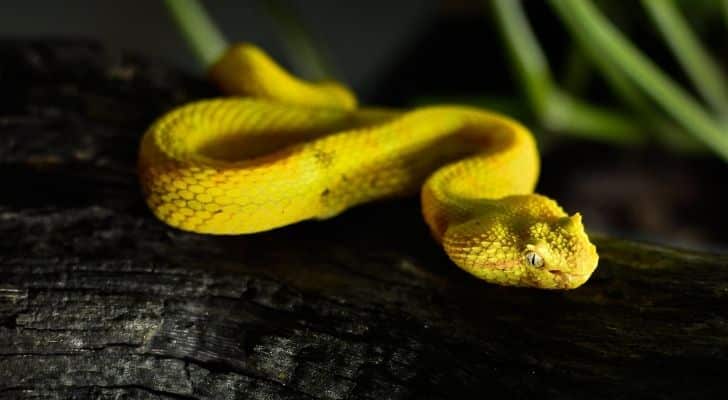
Snakes are illegal in Hawaii for an incredibly important reason; they have no natural predators on any of Hawaii’s islands.
If a population of snakes developed in Hawaii, they would damage the sensitive ecosystem by competing with other predators for territory and food sources.
If you’re caught possessing or transporting a snake in Hawaii, it’s a class C felony, along with a three-year prison sentence and a hefty $200,000 fine.
If you do happen to somehow find yourself in possession of a snake, fear not, as you are able to turn them in with no questions asked and no fines to worry about.
Hawaii is the second widest state in the US.
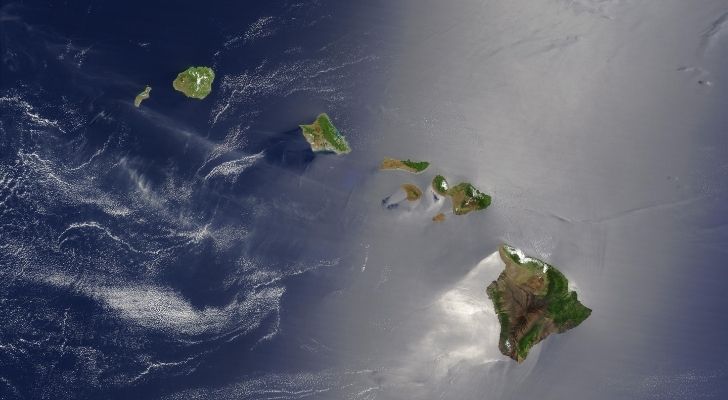
It really depends on whether you count stretches of sea or not, though. The most easterly piece of land in Hawaii is in the Kure Atoll, while the westernmost is Big Island.
If you measure the distance from Kure Atoll to Big Island, you come up with some 1500 miles (2,400 km). This makes Hawaii the second widest state, only losing out to Alaska!
Fun fact: When Captain Cook first discovered Hawaii, he called the group of islands the Sandwich Islands!
The Hawaiian macadamia nut does not actually come from Hawaii.
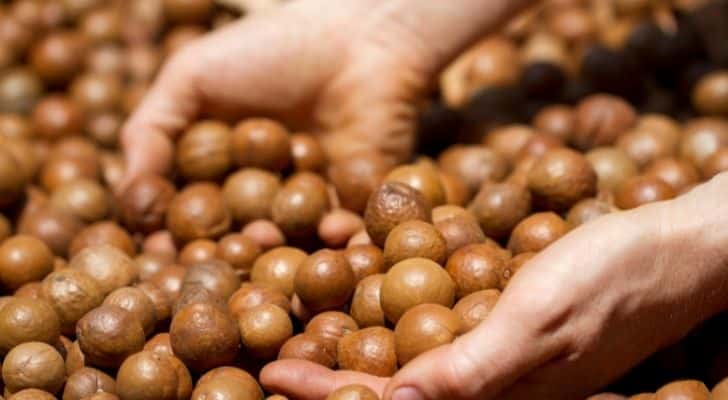
The world-famous Hawaiian macadamia nut is not actually native to Hawaii but Australia.
The first European to document its existence was an English botanist who spent a lot of time in Australia studying various species previously unknown outside of the continent.
In 1882 William H. Purvis, a sugarcane plantation owner, brought macadamia nuts and planted them in Hawaii to serve as a windbreak for his crops of sugarcane.
It wasn’t until 1910 when the Hawaiian Agricultural Experiment Station encouraged locals to plant macadamias instead of relying just on coffee production, that interest grew in macadamia trees as a crop.
For a while afterward, Hawaii was the largest commercial producer of macadamia nuts in the world.
It’s the only US state made up entirely of islands.
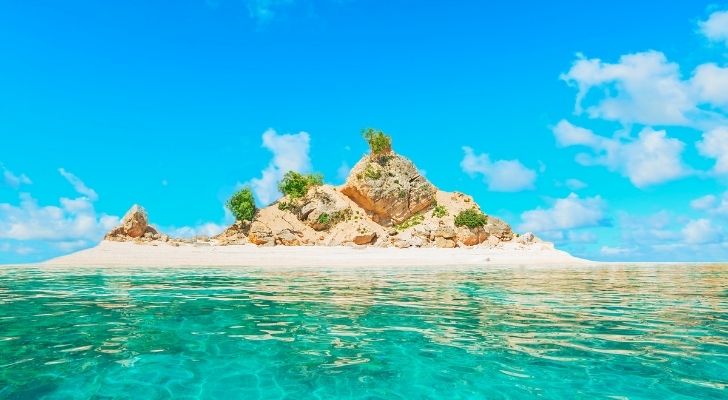
Hawaii is also the largest chain of islands in the world, consisting of 137 different islands.
Of these 137, only seven of the islands are actually inhabited: Hawaii (Big Island), Maui, Oahu, Kauai, Molokai, Lanai, and Niihau).
Hawaii’s islands are largely made up of volcanic material, which were formed over millennia through the shifting of tectonic plates.
Hawaii has its own time zone.
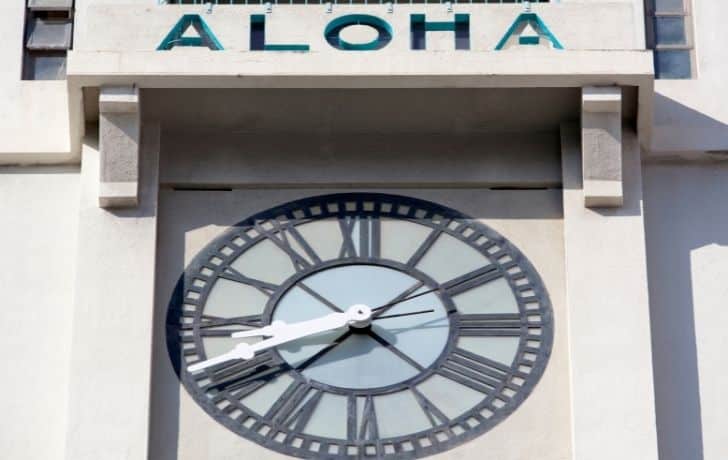
This picturesque state has its own time zone, referred to as Hawaiian Standard Time.
It’s one of only two US states that doesn’t observe daylight saving time.
The Aleutian Islands in Alaska actually uses Hawaiian Standard Time in winter, but not in summer due to daylight saving time.
It might be an obvious fact, however Hawaii also has a saying – if you’ve ever heard of the phrase “Hawaiian time,” you’re certainly not alone…
Due to the relaxed environment and sweltering weather, there’s generally less of a rush to get to where you need to be.
It’s from this that the expression ‘Hawaiian Time’ was born, which generally refers to arriving later than expected for an occasion or meeting.
Hawaii is the only US state to honor a monarch.
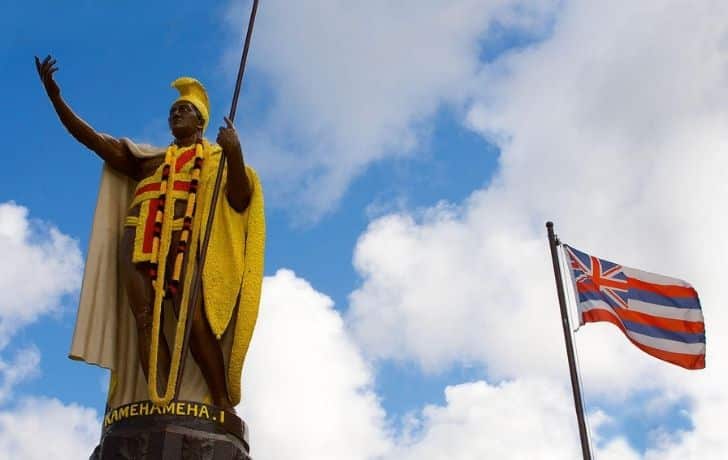
It also happens to be the only one of the US states that was once ruled by kings who weren’t British!
In the late 18th century, a chieftain from Hawaii’s Big Island conquered the other islands and united them under his banner.
This mighty warrior became the first king of Hawaii, King Kamehameha I. Later in 1871, his grandson Kamehameha V declared that June 11 be celebrated as King Kamehameha Day.
When Hawaii became a US state, this holiday was one of the first holidays to be declared by Hawaii’s governor and the state legislature.
The state of Hawaii was named after its biggest island, not the other way around!
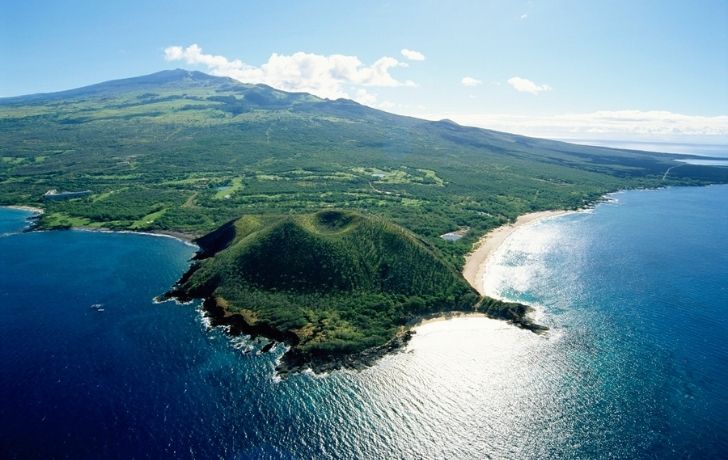
If you ask most Hawaiians how Hawaii came to get its name, they would tell you of the mythical Hawaiʻiloa, the man who is fabled to have first discovered and settled the Hawaiian islands.
It’s quite surprising that linguistically the word Hawaii itself has been found to have little meaning on the islands.
What’s really fascinating is that other Polynesian languages, such as Samoan or Māori, have words that are connected to the word Hawaii which can be translated to mean either “homeland” or “underworld!”
Billboards are banned in Hawaii.
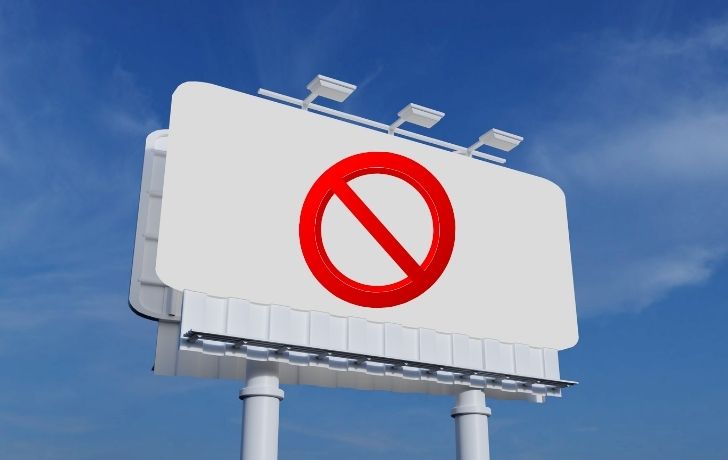
Hawaii is one of only four states in the US that has made the use of billboards for advertising purposes illegal.
The other three states are Vermont, Alaska, and Maine – all states that are also known for their great natural beauty.
Hawaii was the first state to ban billboards all the way back in 1927 when a group of some of the nation’s most powerful men’s wives got together and formed the Outdoor Circle.
No, they didn’t go outdoors and dance around in circles but have instead kept Hawaii’s natural beauty in a pristine state ever since!
In 2004 residents of Hawaii’s Oahu island confused a TV set for a terrible plane crash.

Back in 2004, the police in Oahu received a large number of frantic calls about a “horrible plane crash” at Mokule’ia Beach. They were actually technically correct.
What they had witnessed was a plane crash of sorts, just one which had been set up professionally for the filming of hit TV show LOST’s pilot.
The plane was none other than the fictitious Oceanic Flight 815.
Fun fact: Because the winter tides at Mokule’ia Beach are much higher, the producers had to move the film set to a better location at another beach. In the TV show, the characters move locations for the same reason!
It’s only through a long-standing deep cultural respect for the natural environment that Hawaii has managed to remain one of the most pristine inhabited places in the world.
It’s thanks to this that Hawaii is one of the top global destinations, ranking it among the highest of the US’s most desirable states to visit.
And with beaches, jungles, surfing, fascinating culture and traditions, what’s not to love about Hawaii?

